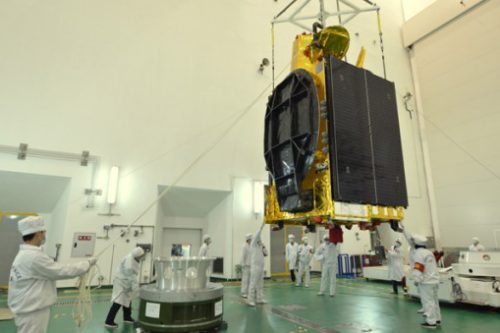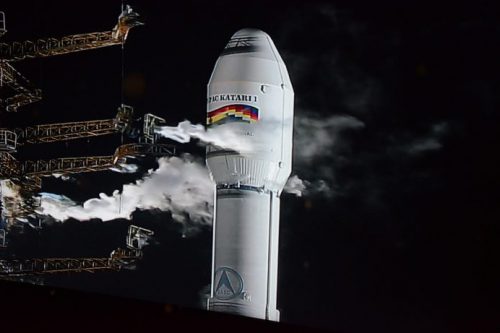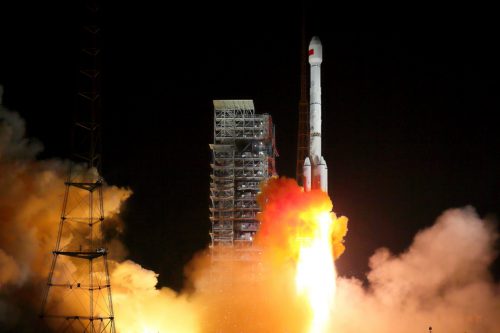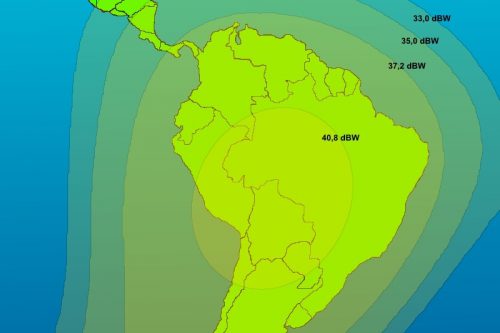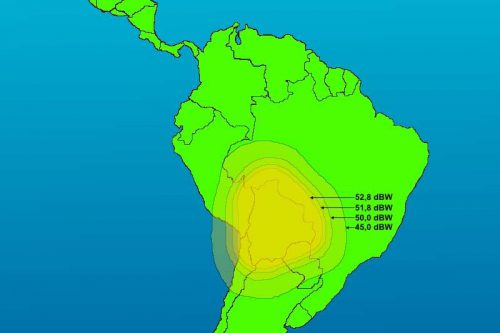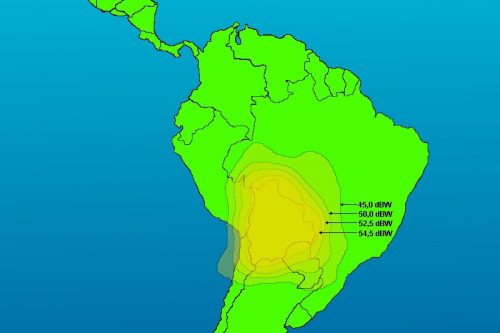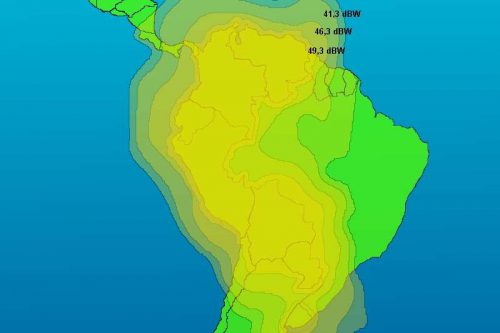
Back to selection
GEO Satellite
Túpac Katari 1 (TKSat-1) GEO
succesfull
Launch date
20 December 2013
Dedicated Mission
CASC CZ-3B Y27 / Túpac Katari 1
Country

Purpose
Communication
Position
87° West
Manufacturer
Operator
ABE (Agencia Boliviana Espacial)
Launch operator
Launch vehicle
Long March 3B (CZ-3B)
Expected lifetime
15+ Years
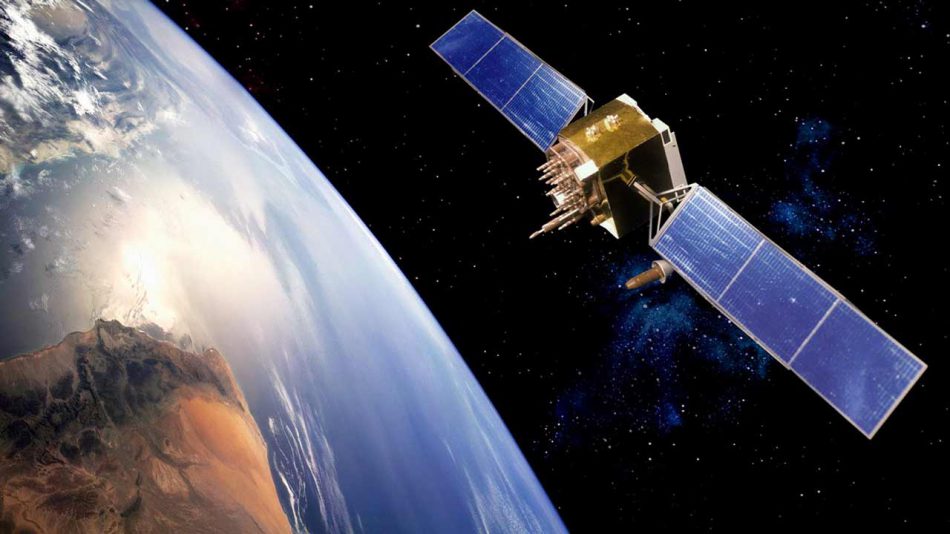
Region
South America Region
Túpac Katari 1 (TKSat-1): Bolivia’s First Telecommunications Satellite
Túpac Katari 1 (TKSat-1) is Bolivia’s first geostationary communications satellite, developed to enhance nationwide access to mobile communication, television broadcasting, and internet services. The project was led by the Bolivian Space Agency (Agencia Boliviana Espacial – ABE) and outsourced to the People’s Republic of China through a strategic partnership.
Launch and Deployment
TKSat-1 was launched on December 20, 2013, aboard a Long March 3B/G2 (CZ-3B/G2) rocket from the Xichang Satellite Launch Center in China. Following a trial period of just over three months, the satellite began commercial operations in March 2014.
The spacecraft was constructed by the China Academy of Space Technology (CAST) using the DFH-4 satellite platform and was launched by the China Great Wall Industry Corporation (CGWIC), a subsidiary of the China Aerospace Science and Technology Corporation (CASC). The satellite incorporated French, German, and US technologies in its development.
Technical Capabilities
TKSat-1 is equipped with:
-
26 Ku-band transponders
-
2 C-band transponders
-
2 Ka-band transponders
It is designed for a 15-year operational lifespan and provides robust telecommunications coverage across Bolivia, including remote and rural regions previously underserved by traditional infrastructure.
Project Cost and Financing
The total investment for the TKSat-1 project was approximately $300 million. Of this, $251 million was financed through a loan from the China Development Bank (CDB), while the remainder was funded by the Bolivian government.
By August 2017, the satellite had generated $60 million in revenue. However, the Bolivian Space Agency emphasized that the primary objective was not profit, but rather to improve universal access to telecommunications, particularly in remote areas. Operational costs were not publicly disclosed.
Symbolic Naming
The satellite is named after Túpac Katari, an 18th-century Bolivian indigenous leader and freedom fighter, symbolizing Bolivia’s technological progress and national identity.
Summary
TKSat-1 is a landmark project in Bolivia’s space and telecommunications development. By deploying its own satellite, Bolivia has significantly advanced its capabilities in satellite internet, digital broadcasting, and telecom infrastructure, while reducing dependency on foreign networks.
GEO Satellite
Túpac Katari 1 (TKSat-1)
succesfull
GEO Satellite
Túpac Katari 1 (TKSat-1)
succesfull
